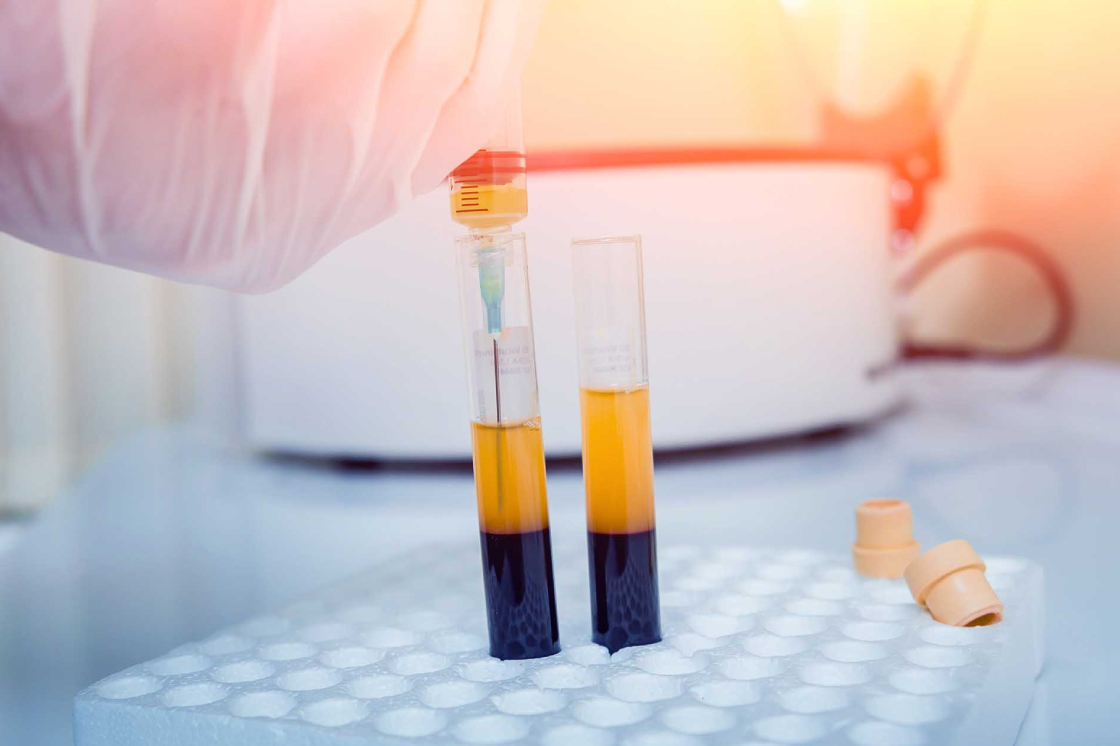Platelet Rich Plasma is a very important material, as it is be vital in treating bone and joint deterioration. Many patients have tried using PRP therapy as a treatment as an alternative to surgery and other procedures that can be invasive. This therapy relies on extracting platelets and other cell types, such as growth factors, from the patients blood, and concentrating them.
Many conditions have been treated by using this therapy, such as knees, hips, spines, shoulders, and pretty much any part of your body that has a joint or connective tissue.
What The Procedure Is Like?
The procedure involves an injection of PRP at the point where treatment point. During the day, when the patient comes in, they wait while the PRP is processed. When it is done, the skin of the treatment site will be cleaned and sanitized much like a normal injection, such as a flu shot. Then, using ultrasound or fluoroscopy, the needed will be guided to the treatment area.
It generally takes less than 15 minutes for this procedure to take place. Then the physician or doctor in question will provide the patient with a list of things they should or should not do, such as not taking NSAIDs, such as Advil or Tylenol. If needed, other non-NSAID pain relievers may be prescribed.
What Should You Expect?
PRP brings platelets and growth factors in a concentrated form to the treatment area, as a result, your body reacts in a way that ultimately increases tissue repair. This bodily process will occur for weeks, even after one application of PRP.
After about a month to 6 weeks, most patterns will start to feel their pain decrease, and their mobility get better. This can occur for up to half a year. While most patients are satisfied with just one treatment, many will have more than one, depending on the severity of the defect. As a result of how well this treatment works many patients are able to avoid surgery altogether with just a couple of shots.

